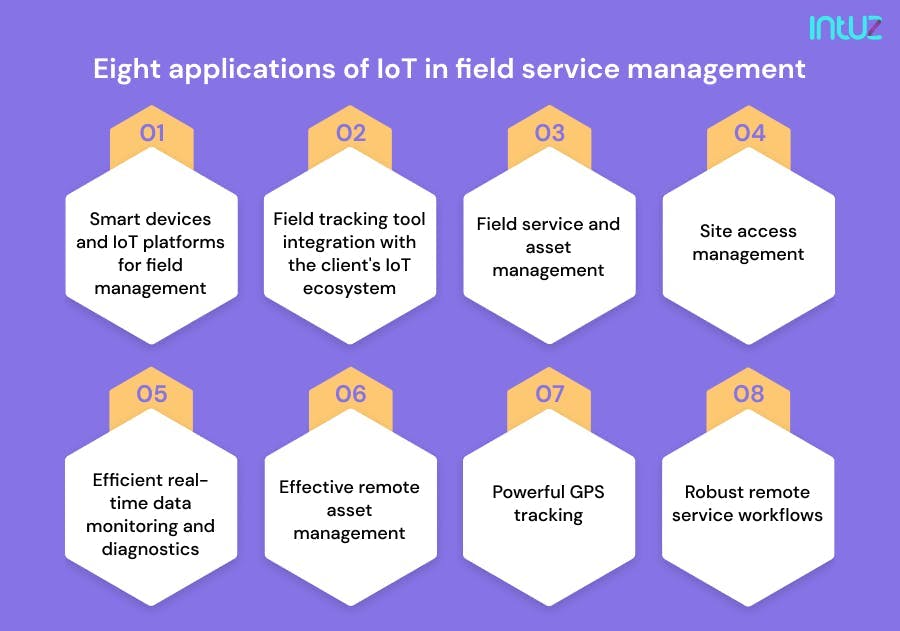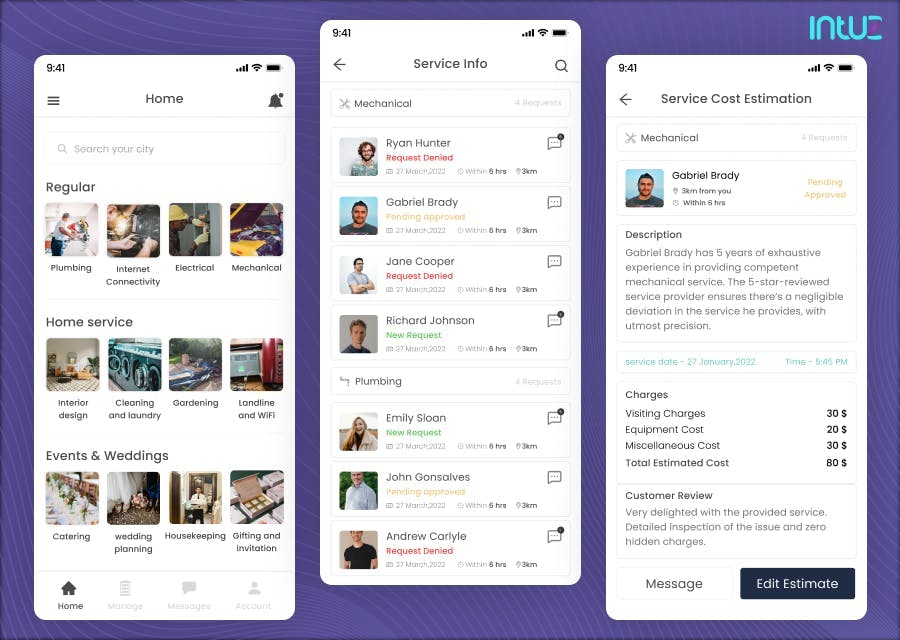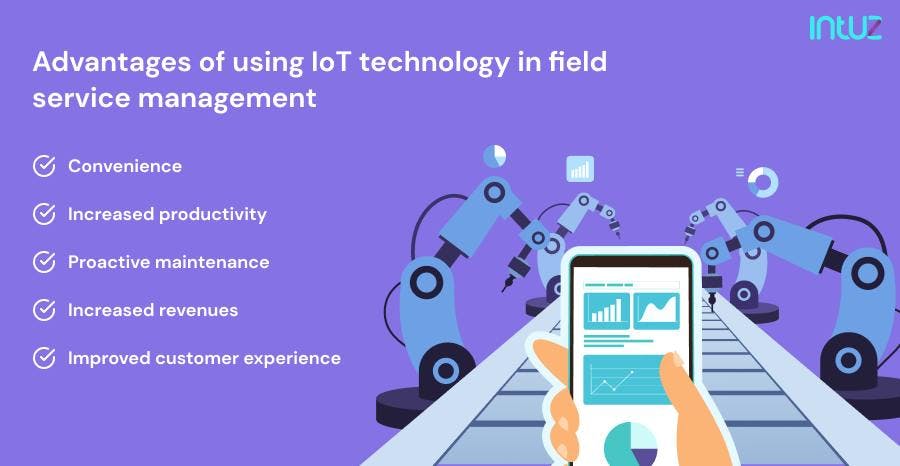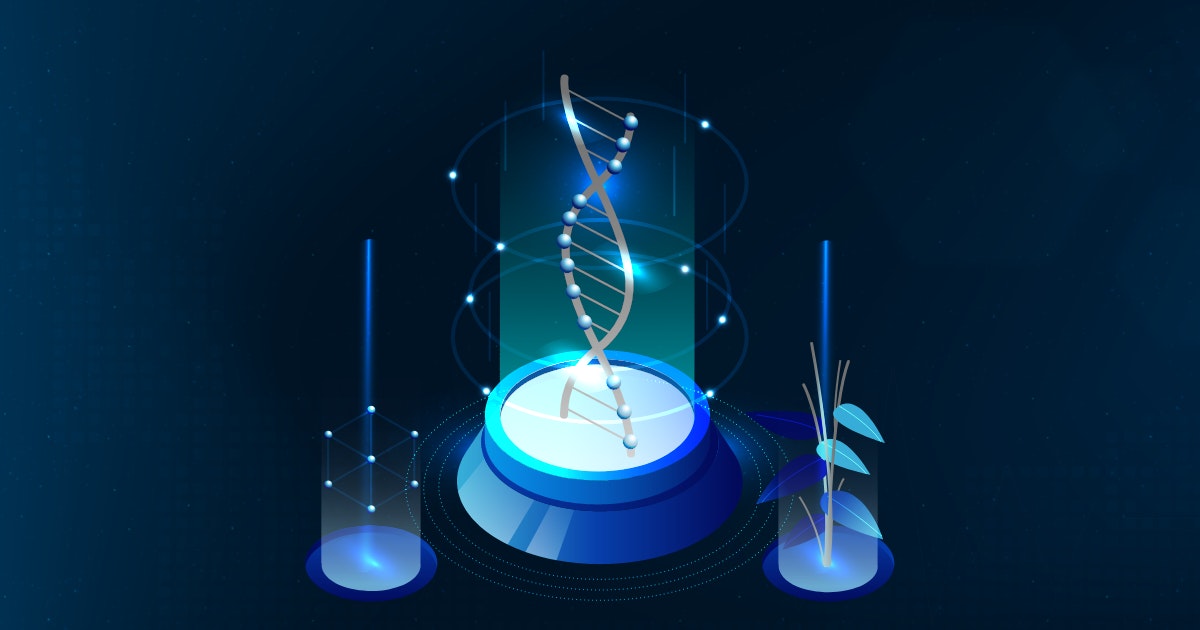Managing a team of service technicians or field forces is an overwhelming task for most businesses. As it involves many variables that need to be logged, monitored, and handled by human labor, field services management takes significant time and precision to track all unpredictable changes that can occur at any point in time.
There is an obvious need for businesses to meet high-quality standards for improved customer satisfaction rates. Most of them follow manual methods of managing service requests, i.e., work order creation, scheduling visits, dispatching inventory, and invoicing. However, manual processes are expensive, time-consuming, and prone to errors.
Not to forget, miscommunications, incorrect or incomplete information, and delays have plagued the sector for years. While electronic databases certainly helped matters, they have been unsuccessful in eliminating human error.
In addition, data needs to be stored in a central hub and made accessible to those in need of it. It should be able to sync in real-time across multiple locations and devices. This is necessary for different team members to communicate seamlessly.
That way, customers do not have to explain the job to the technician after going through with it with a service manager at the headquarters. Transparency in communication saves time and money. Customer problems also get resolved as they do not have to wait for parts.
You may not know this, but field service management tools are an excellent investment for large and small companies. This is especially true for utility and energy service providers. Implementing proper software solutions can help improve efficiency and boost the overall cost-effectiveness of your workers in the field!
How IoT is a boon for field service management
Today, advancements such as the Internet of Things (IoT) and Artificial Intelligence (AI) have revitalized this industry, and these changes will only increase with time.
In fact, IoT adoption in the field service industry enables real-time data collection and interpretation through AI for quicker service delivery. It can help field service companies deliver a seamless service and a great customer experience.
Do not be surprised when we tell you there will be an estimated 75 billion connected devices in use across the globe by 2025, and the field service management market size is predicted to reach $5.7 billion by 2026. The numbers are huge but not shocking!
IoT, coupled with advanced technologies such as AI and Big Data, is making exciting changes within this ever-growing industry. With the growing demand for field service management services, IoT will open up better opportunities for both service providers and technicians in the industry. It is a win-win situation for everyone!
Maximize Productivity in Field Service with IoT-Powered Custom Solutions!
Contact UsEight applications of IoT in field service management
There is a diverse range of interconnected digital devices employed in the sector in this day and age. This includes company computers, customer appliances, technicians' mobile devices, and so on. By utilizing the interconnectivity of technology, field service companies can start using IoT technology to their advantage. Here are eight IoT apps apt for this domain:
1. Smart devices and IoT platforms for field management
Implementing IoT in field management would require a network of suitable IoT-enabled devices and an efficient platform for data processing.
One can quickly deploy smart devices such as beacons, smart metering devices, Ultra-Wideband tags, RFID tags, IoT central hubs, and Bluetooth Low Energy (BLE) modules to ensure end-to-end connectivity.
You must also be aware of the IoT-powered devices your customers are already using and ensure your technicians and systems analysts are able to connect with them for easier access to the premises.
2. Field tracking tool integration with the client's IoT ecosystem
You can initiate the IoT transformation of your field service business by deploying suitable tracking tools and integrating them with your existing service business tools. Automation through IoT and analytics platforms will allow you to integrate field service software and immediately notify your staff on the field.

3. Field service and asset management
Your field service business suffers if technicians show up at client sites without the required spare parts for replacement. IoT-backed, cloud-based asset tracking helps monitor each request and narrow down the required inventory.
It helps avoid transport delays and keep shipping costs lower while ensuring on-time or advanced asset delivery. You can also opt for telemetry, a remote monitoring app, and a remote configuration system to control the delivery of inventory.
One can remotely configure the connected devices such as tags enabled by Ultra-Wideband (UWB) technology. They can easily locate damaged or ill-functioning assets across the buildings using smart tracking devices.
4. Site access management
High-level data security is also mandatory for a field service company. You must deploy an Identity Access Management (IAM) tool to ensure the data gathered through your IoT devices is accessed by authorized personnel only.
For instance, only the manager should be able to access the time a worker spends on a specific location. Also, you must ensure connectivity to other IoT devices installed on the site by the client. It will give technicians hassle-free entry to homes and offices equipped with smart locks.
Have an awesome IoT Development idea? But don’t know how to get started?
Hire our expert IoT developers5. Efficient real-time data monitoring and diagnostics
Real-time data collected by IoT devices gives field service companies an accurate picture of equipment conditions at a location. The data collected must be sent to an IoT hub for storage and processing.
The analytics will be helpful to get a fair idea of the issue, and you can automate the workflow by alerting technicians about any service requirements.
It would also notify them of the services to be delivered and the urgency of each request. IoT hardware sensors eliminate inaccurate estimates and provide managers with real-time analytics. They can review direct diagnostics and assign jobs to agents accordingly while saving costs on monthly maintenance work.
6. Effective remote asset management
IoT connects assets to field service management software through smart devices and facilitates remote asset management. Tracking assets in real-time with IoT-enabled remote diagnostics makes it easier to fix them remotely without human intervention. It cuts down the load on technicians and professionals to manually visit each job site.
With the advent of 5G-enabled devices, field service companies will have more efficiency in providing a remote customer experience. It will help companies keep costs low and reduce travel for employees, thus keeping them safe during health emergencies such as the global COVID-19 health crisis.
7. Powerful GPS tracking
GPS-enabled IoT devices provide you with accurate and real-time data about the location of a person or thing. It is a great way to keep track of your field service technicians using their smartphones and increase their accountability.
The system provides accurate and real-time data about their location, allowing you to optimize their routes. It offers complete visibility of your field staff and also comes in handy in case of emergency services as you can easily track the technician closest to the spot.
Keeping track of technicians helps you minimize their idle time while ensuring they are not overloaded. You can also provide employee safety through IoT trackers while collecting real-time maintenance work data at each client site. Timely service delivery will improve the customer service experience.
8. Robust remote service workflows
The use of IoT and field service management technology in tandem has led to an increased level of customer satisfaction as well as lower costs. Field technicians can now troubleshoot customer issues remotely.
IoT has enabled them to provide practical solutions virtually from anywhere using their mobile devices. Interconnected equipment on the field and field service management software makes them more efficient in handling service requests remotely.

Advantages of using IoT technology in field service management
The advent of IoT has also given rise to a baseless fear among technicians that robots will replace them in the near future. However, that is not the case.
IoT and sensors enabled by a field service management solution can inform you when the asset is broken and automatically notify the technician with relevant experience to go onsite and fix it. Here are five pros of using IoT technology in the field service management sector:
1. Convenience
The integration of IoT into field service management offers a comfortable alternative to manual data collection and documentation. The IoT database makes customer data and request management easier.
Data also comes in handy in monitoring asset conditions for periodical environmental inspections and regular safety checks for compliance purposes. IoT-connected assets make it convenient for you to automate remote monitoring.
You can also use the data generated through IoT devices for hassle-free scheduling of resources based on their skills and the problems they can efficiently handle. It also facilitates remote resolution of minor issues saving technicians time and effort for more crucial tasks.
Seamless integration of the on-field activities with back-office helps in convenient inventory management.

2. Increased productivity
IoT devices can diagnose specific problems in assets themselves. It reduces the time and effort of technicians as they would not need to do as many initial inspections.
This enables more accurate first-time diagnoses and faster repair times that are procedural in nature rather than random pinpoint checks for specific issues like with traditional technology.
IoT adoption leads to quicker response times from your employees while they are at work with much information about the issue already on hand. It reduces the costs of regular inspections and leads to increased productivity while ensuring staff is neither overloaded nor under-utilized.
3. Proactive maintenance
In service management, technicians can resolve problems only after they occur. The approach is changing with the introduction of new technologies such as IoT-driven infrastructures.
Sensors and IoT-powered devices enable maintenance managers to keep track of equipment health, and setting up custom triggers will help them notice any concerns beforehand. Proactive action helps them curb maintenance costs and resolve issues before breakdowns occur.
4. Increased revenues
The IoT is a great way to improve your field service management leading to boosted customer satisfaction rates. You can enhance your efficiency in managing client expectations through effective IoT deployment.
Satisfied customers are more likely to renew or refer your services to others, thus generating revenue. Not only that but with less time spent on maintenance scheduling, reduced delays due to equipment malfunctions, and remotely managing minor issues, you can also save money.
Increasing task completion rates while maintaining top excellence levels helps you build a reputation and get more business.
A Guide On The Top 17 IoT Operating Systems For IoT Devices in 2022 And Beyond
Take A Tour5. Improved customer experience
The cost of downtime is unaffordable for most companies and results in huge losses. Optimizing field services by scheduling the right field technicians for the job based on their skill sets, average resolution duration, and current location improves the speed and efficiency of service delivery.
In addition to cutting costs, it reduces revisits and provides first-time fixes, thus improving customer experience. Accurate first-time diagnoses with IoT systems in place also help technicians reach the site prepared and equipped with necessary inventory reducing wait times.
Customer experience is also enhanced as they save money on potential asset replacement through your proactive approach to maintenance. It can also help avoid interruptions during business hours by scheduling repair work on non-busy days.
Transform Your Field Service Management with IoT!
Let's TalkIn conclusion: It all boils down to the customer.
IoT technology and automation have been accelerating many businesses to a digital transformation. IoT is helping industries like field service management transition into more efficient and remote working practices due to the COVID-19 pandemic.
Beyond the impact of the pandemic, IoT in field service also offers more convenience in the overall process. It ensures quicker service delivery, reduced scheduling costs, and higher customer service standards.
Integrating IoT in your field service business will also help you ensure the safety of your staff while optimizing their performance through data-backed decisions. At the end of the day, no technology-based solution is worth implementing if it does not maximize customer experience.
Book a Free 45-minute Consultation with Our IoT Experts Today! Get a customized roadmap and strategies to leverage IoT for field service management.





